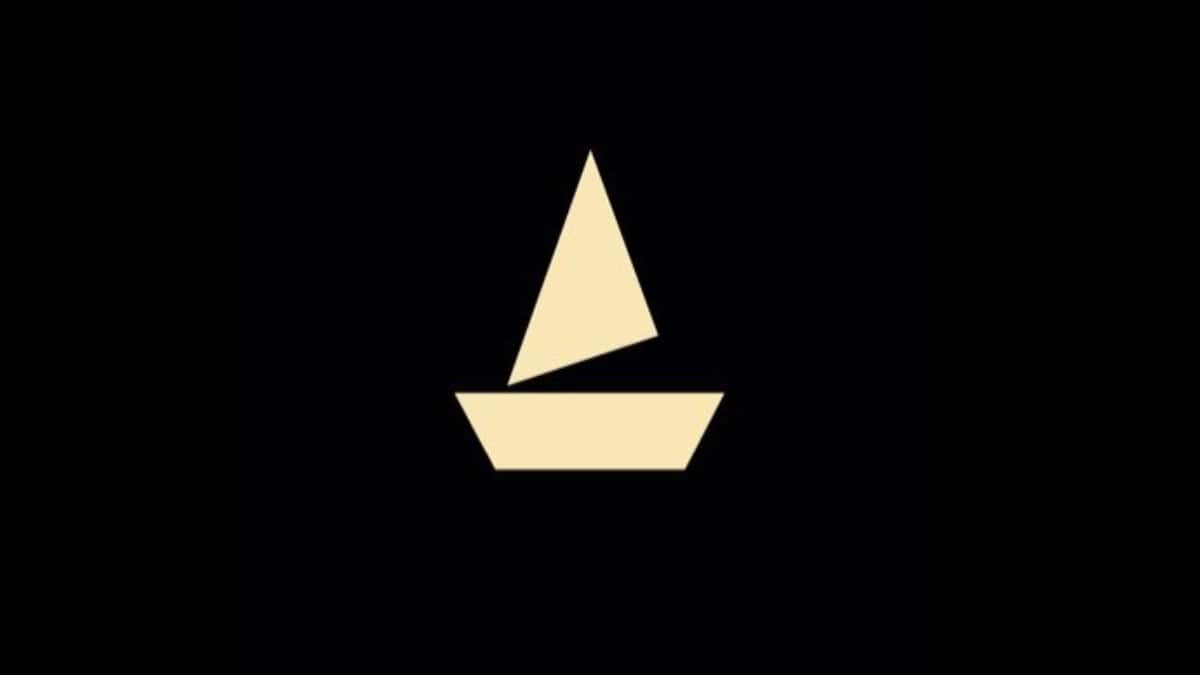It’s not only global majors like Apple or Samsung which are on a higher localisation drive. A large number of domestic firms, which were importing a big part of their content from China, have also joined the government’s Make in India push.
boAt Lifestyle, a market leader in audio devices and wearables, is seeking to replace imported components by ones manufactured in India. This will give the company some pricing advantage on manufacturing, some of which the company will pass on to the consumers.
In the next phase of localising its manufacturing, the company is in talks with suppliers in India for printed circuit board assemblies (PCBA) and batteries, which typically make up the largest chunk of its input costs.
“PCB and the battery, which is the highest cost in the overall BOM (Bills of material) costs, is something that we are looking to localise, and then we go to the other tail items such as the plastics and mechanicals later on,” co-founder and product chief Sameer Mehta told Fe in an interaction.
The company has started locally sourcing some of its PCBAs and by the end of next year aims to have about 70% of its total volume bought from local suppliers. As for batteries, it is still in talks with several suppliers and plans to start localising the component by March.
boAt currently has tie-ups with over 13 contract manufacturers in India, such as Bharat FIH, Foxconn, VVDN Technologies, ILJIN Electronics, and notably Dixon Technologies, with whom it has a manufacturing joint venture and produces 60-65% of its overall volume.
Besides these partnerships, the company also has a research and development facility in Bengaluru, where it houses a team of 120 people and allocates a significant amount of its expenses towards R&D.
Pricing impact
Once a major portion of the components is localised, the company expects to get a pricing advantage of more than 4-5% on its current cost of manufacturing. “The PCBA and the battery localisation will give us a pricing delta for sure compared to where we are currently,” Mehta said, adding that they will look to re-invest a large part of that pricing advantage towards quality advancement.
But consumers are likely to see at least some of that pricing impact going ahead, Mehta believes. One of the main strategies that has popularised boAt in the audio devices market, particularly in the Truly Wireless Earphones (TWS) and neckband segment, is affordable pricing and attractive discounts on online marketplaces such as Flipkart and Amazon.
Mehta himself often refers to boAt as the “Zara of electronics”, referring to the fashion giant whose trademark is trendy clothing with pricing that is neither like luxury items nor like cheaper Chinese alternatives. The affordability of boAt products has led to an 18% market share among wearable devices or smartwatches and a staggering 42% among audio devices.
“boAt maintained its leadership position in the hearables segment due to the expansion of its portfolio towards the budget segment, focus on domestic manufacturing, as well as upgrading the product features to the latest tech by forming exclusive partnerships,” said Anshika Jain, senior research analyst with Counterpoint Research.
Profit woes
Despite enjoying market-leading positions in audio and wearables and recording significant growth in sales over the last few years, the company has seen its bottomline take a hit in FY22. As per data from Private Circle, the company reported a year-on-year decline of 20.6% in its net profit to Rs 68.7 crore during the year, while its total sales more than doubled to Rs 2,886.4 crore. boAt’s FY23 financial statements are yet to be available but the company recently announced that it has reached nearly Rs 4,000 crore in revenue during the fiscal year.
Mehta believes that the dent in profit is temporary and also necessary to make long-term investments in the products and its manufacturing ecosystem. “We are not looking at it on a yearly basis. We are building something for the long term. So, in 10 years, if you are able to build a highly scalable company with high modes, that is what we look at. If the profit is less or more in a year, it doesn’t matter,” he said.
He also said the company has been investing heavily to build a “second core” in terms of its wearables business, which currently occupies 22-23% of its entire revenue. Since its launch in 2020, boAt has become the third-largest smartwatch brand in India, according to Counterpoint. “The brand is dedicated to increasing its presence in the smartwatch category by enhancing its product refresh rate in this segment and providing lucrative offers across platforms,” Jain said.
boAt’s focus on innovation also resonates well with its investors, who have collectively valued the company at $1.32 billion, as per Tracxn data. “One of boAt’s strengths has always been to continuously innovate on product. They’ve invested heavily in R&D and coming up with new products, because electronics is a space where the consumer requirement changes and enhances every time,” said Dipanjan Basu, co-founder and partner at Fireside Ventures, one of the early investors of boAt.

Leave a Reply